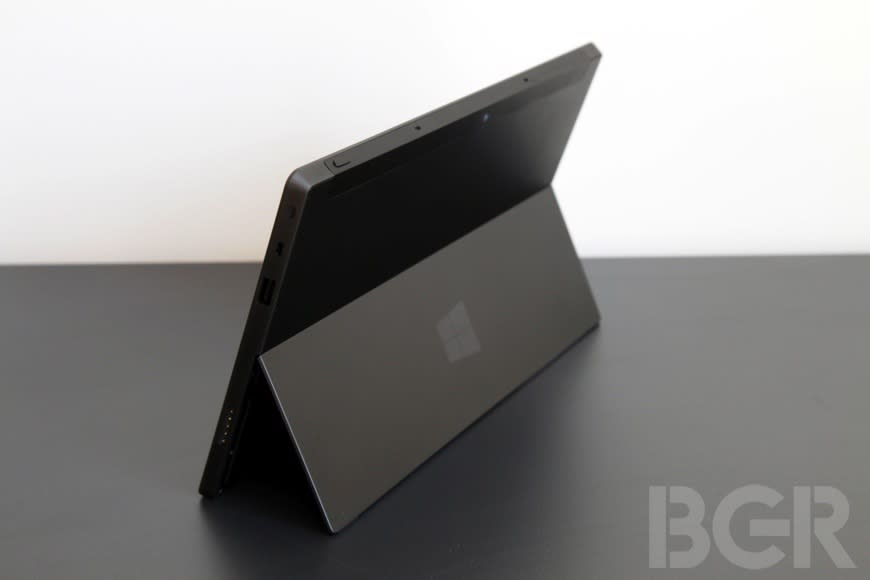NYT explains why Microsoft’s Surface failed while Apple’s iPad is thriving

There is little doubt now that Microsoft’s Surface tablet was a huge flop. Alongside an earnings miss that sent Microsoft’s share price plummeting, the company recently said it took a massive $900 million charge related to the Surface RT. The reasons for the Surface’s slow sales are indeed many and industry watchers regularly point to Windows RT as the tablet’s main pain point, but a recent New York Times blog post points to one reason in particular in an effort to explain why the Surface failed while Apple’s iPad continues to be a huge success: Consumers are impatient.
[More from BGR: The ‘irrelevance of Microsoft’ illustrated in a single chart]
“When Steve Ballmer, Microsoft’s chief executive, announced the Surface tablets last year, he stood on stage and touted a number of new and exciting features to try to separate the company’s offerings from the iPad,” The New York Times’ Nick Bilton wrote. “Among the new gizmos were additional ports, a USB drive, a microSD memory card slot, the ability to use a pen with the Surface Pro and a built-in flip-up stand. Pens sold by Microsoft also work with the Surface RT.”
[More from BGR: This is Google’s upcoming Moto X]
He continued, “Just thinking about all those options is enough to make your head spin.”
According to Bilton, consumers don’t want all of these options because they are impatient. “They want to tear their new shiny gadget from the box and immediately start using it,” Bilton wrote. “They don’t have time to think about SD cards or USB drives or pens or flip stands.” Curious examples aside — are USB ports and a kick stand really that overwhelming? — he is certainly correct that the Surface’s user experience is one that is far more complex than the iPad’s, and it is often more confusing as well.
Bilton says that the Surface RT doesn’t allow consumers to just start using their “new shiny gadget,” and in order for Microsoft to succeed with its tablet efforts, it will have to substantially simplify its offering.
This article was originally published on BGR.com
